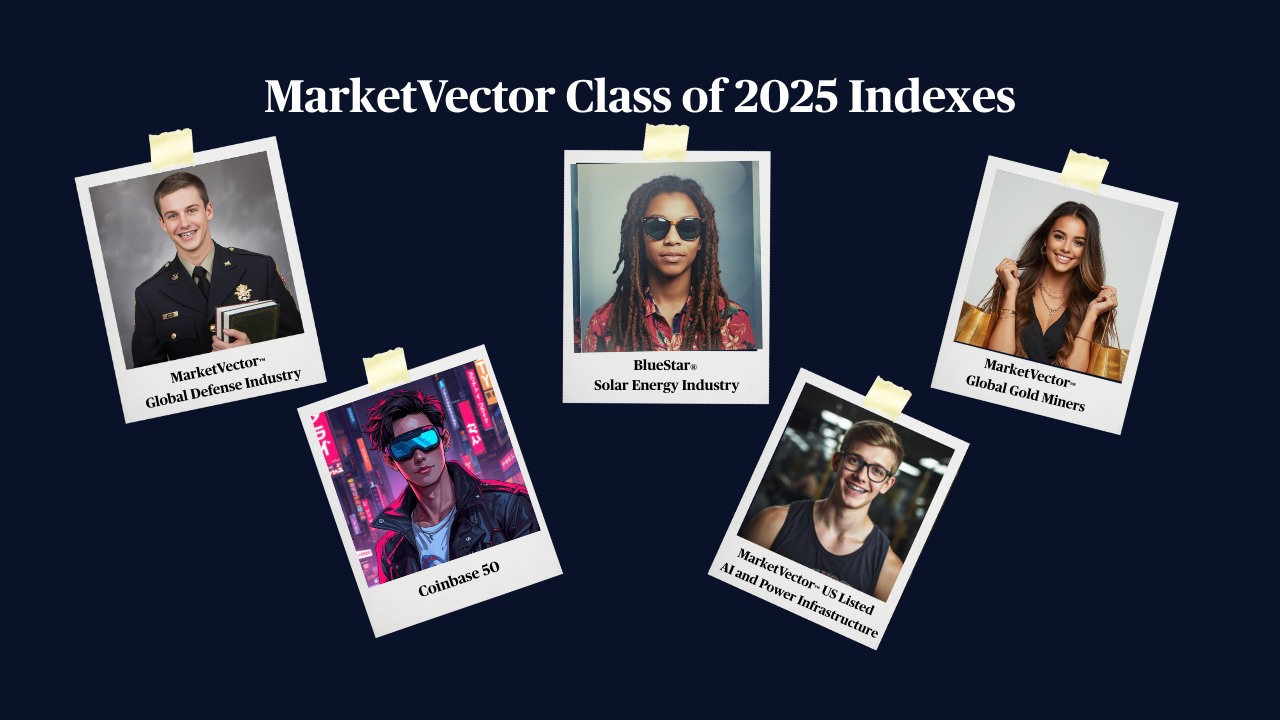Thematic investing is transforming the way we are approaching building a portfolio but not all themes can be easily identified and captured. This becomes even more difficult when companies are not “classified” (or their streams are revenue) do not reflect that specific theme/classification.
So what happens when these themes we are trying to capture have never been defined before? Or these themes fall out of the standard classifications set out by different industries?
How do you create an index for an industry that has never been defined before?
Thank you for joining us. My name is Steven Schoenfeld, and I\m the Chief Executive at MarketVector Indexes.
Today wee going to break down MarketVector's paradigm based indexes and share.
How?
This is a transformative way to think about investing and capturing cutting edge trends. In the modern world of investing, some of the most dynamic and forward-looking investment themes are also some of the hardest to identify by traditional classifications or revenue-based models. Being so elusive, makes it challenging for investors to easily capture and identify these cutting edge themes, such as.
Artificial Intelligence, 5G Communications, Global Supply Chain Logistics, and Autonomous Driving.
Thus, for example, if you want an index for application software companies - that's relatively straightforward.
But if you want artificial intelligence, where do you start?
There's no model for it because companies don't necessarily segment it for it in their earnings reports - there's a lot of fundamental research involved, but there's also a lot more creativity and nuance with these indexes. Theye not formulaic. And that's where the fun part comes in.
We are defining a whole new sector.
So let's look at it this way…
To build out a given model, we first map out the key subcomponents of this theme, let's say in different buckets, similar to how an architect maps out the design of a building in a blueprint. Then we populate these buckets through an intense research-driven process, aimed at identifying specific companies operating in, or generating revenue from the subthemes. In this case, separating artificial intelligence software companies from all other software companies. And thus, we have created a Paradigm-based index.
Let's break it down further by diving into the Bluestar 5G Communications Index, as an example. If you believe - like we do - that 5G is going to revolutionize practically everything - then the question becomes: how am I going to access the companies that are going to benefit the most from this investment thesis?
And so we arrive at a blueprint like this. It starts with the “enabling technologies”, the new use cases enabled by 5G. We follow the capex all the way to the mobile network operators and into the core investable themes which we\ve identified as Communication Equipment, Network Services, and Real Estate— This would of course include the various subthemes associated with each, such as in the case of “real estate”, we want to only focus on the advanced data centers that house Edge computing and Cell towers. This all comes together to create the ecosystem that is 5G.
Thank you for joining us to learn about our index construction process. At MarketVector, we maintain an extensive family of Paradigm-based Thematic Indexes. Each of these indexes are distinctly crafted by our team, to provide you with a simpler exposure to complex investment theses.
I encourage you to check out the entire family of Thematic Indexes at marketvector.com and by liking this video and subscribing below to ensure you receive future “behind-the-index” insights.
About the Author(s):
Get the latest news & insights from MarketVector
Get the newsletterRelated:



